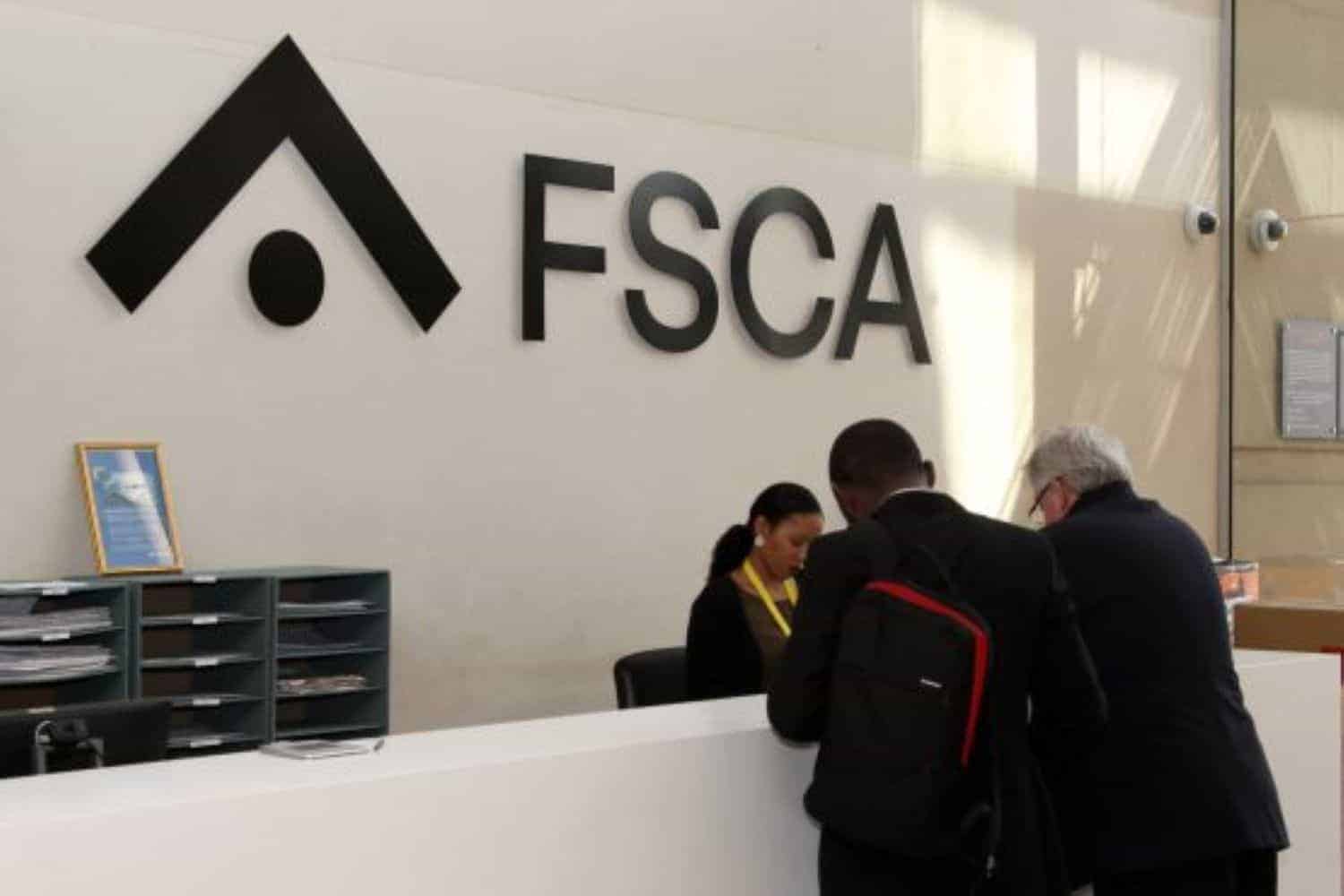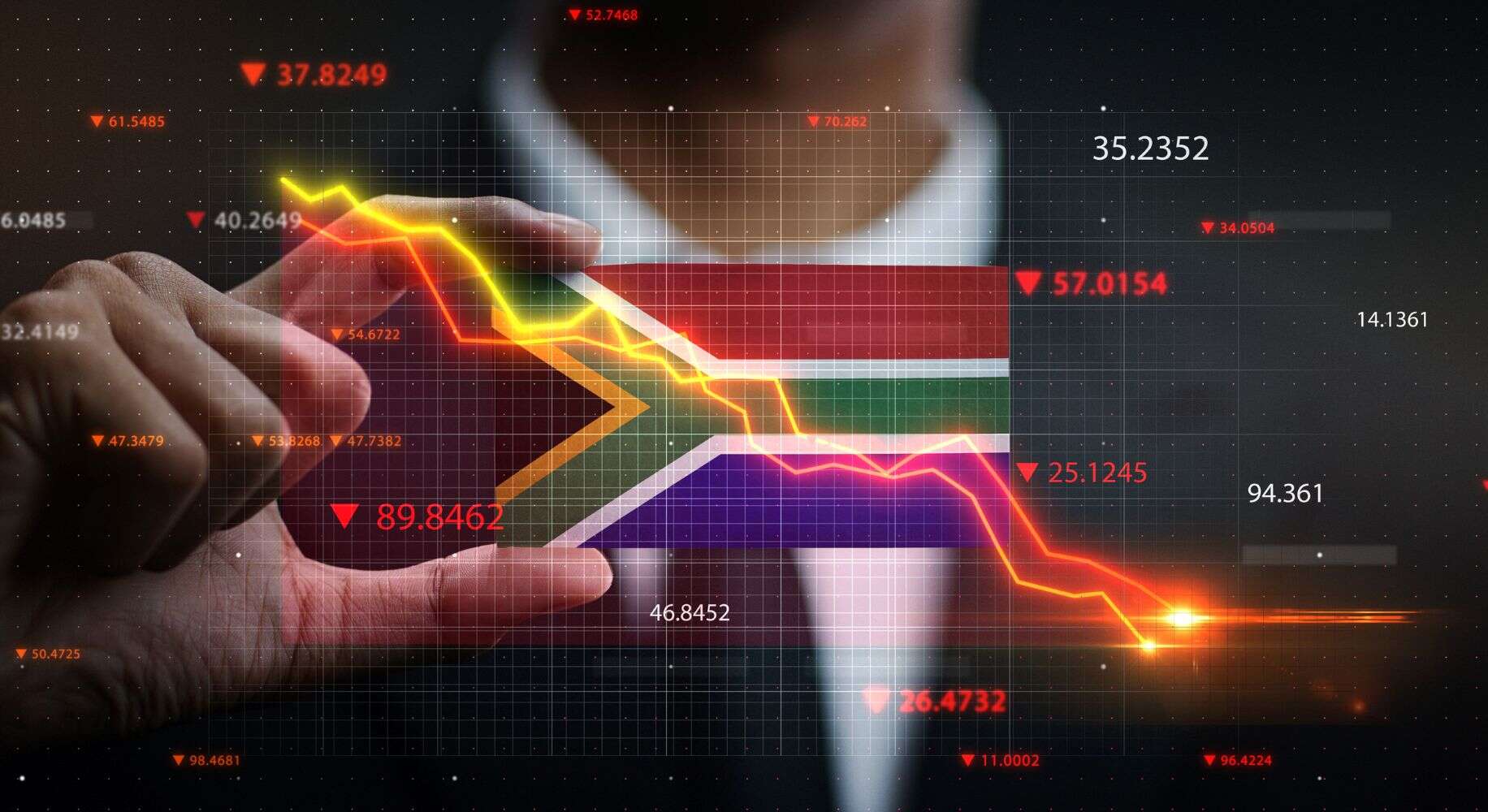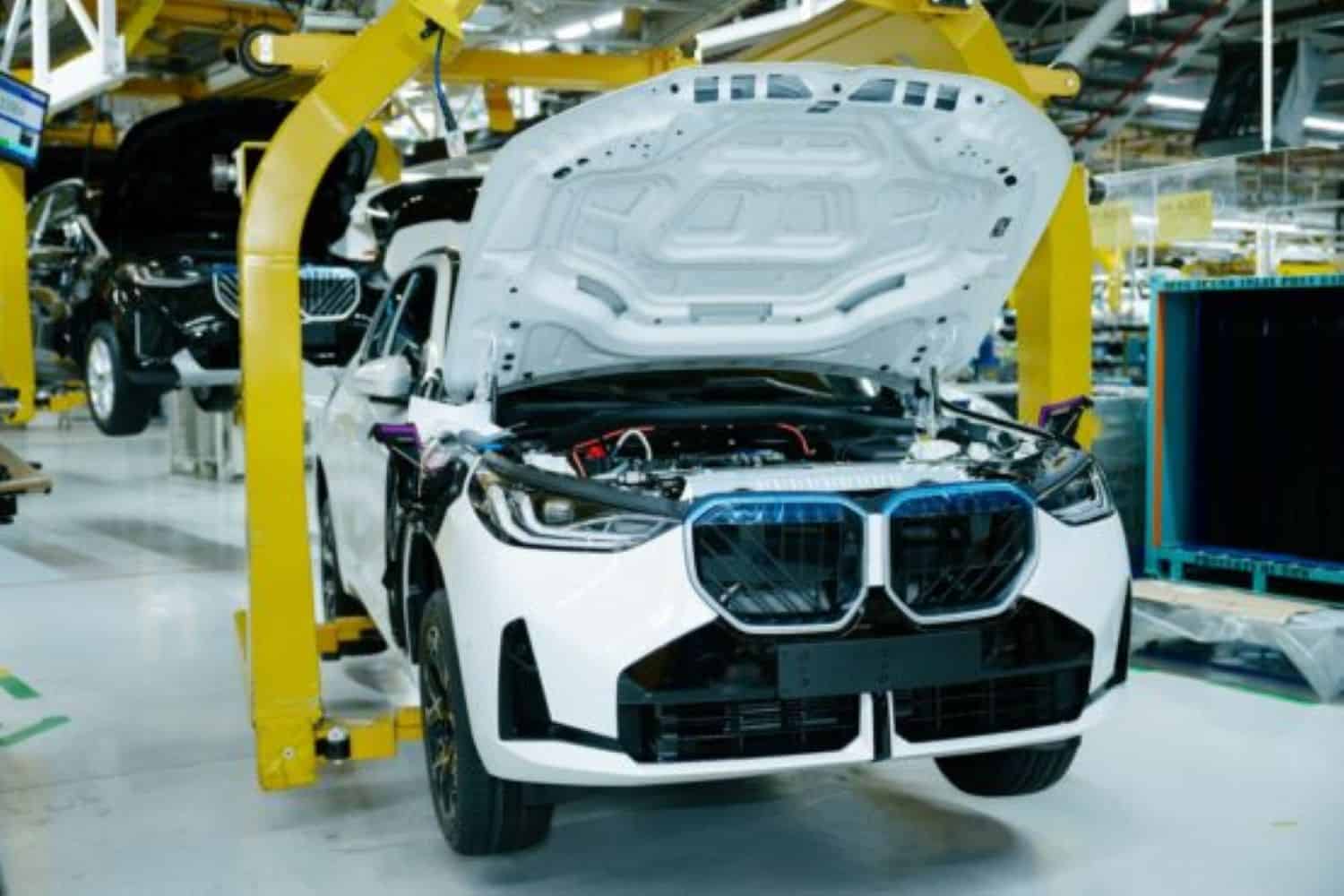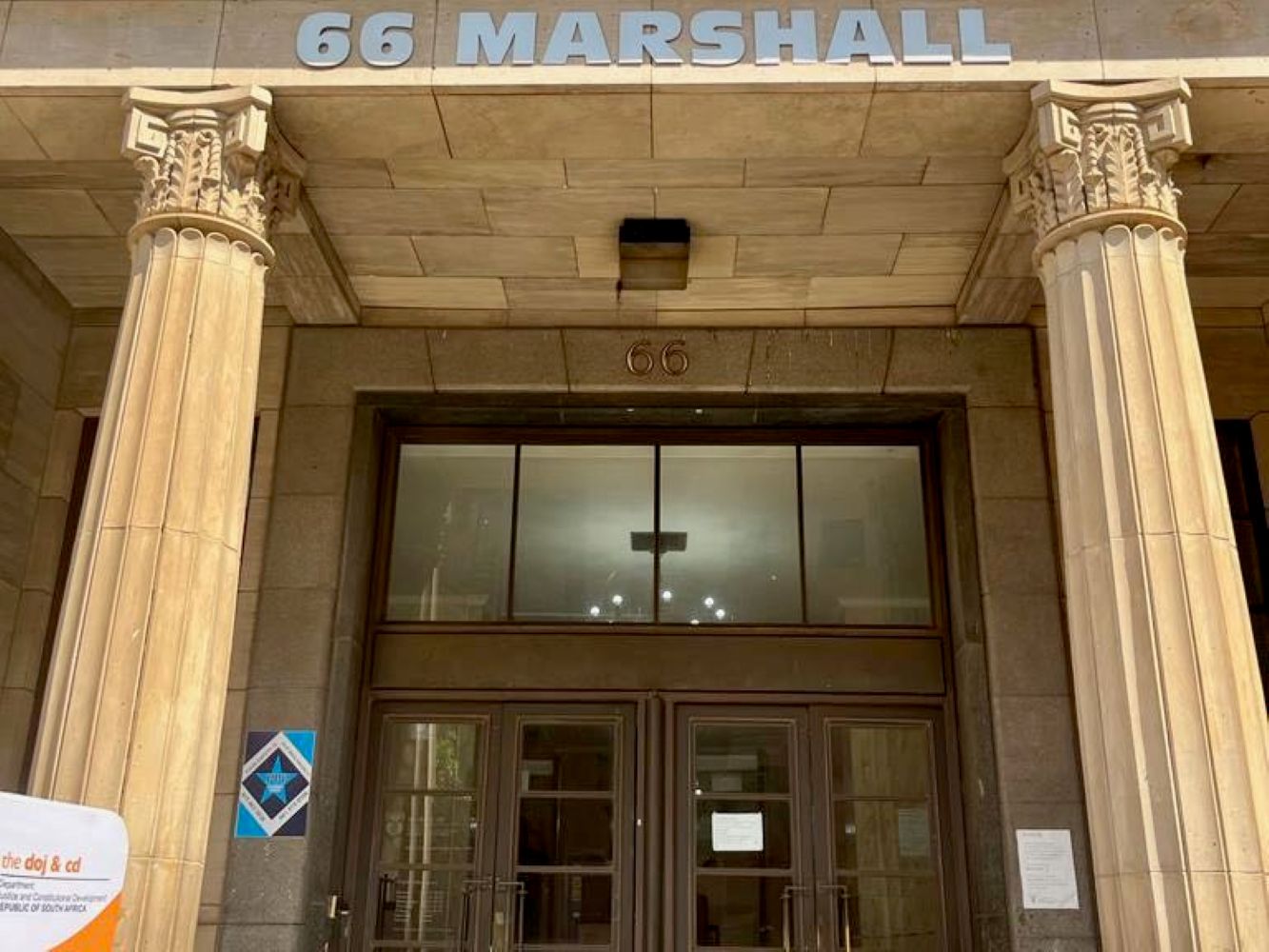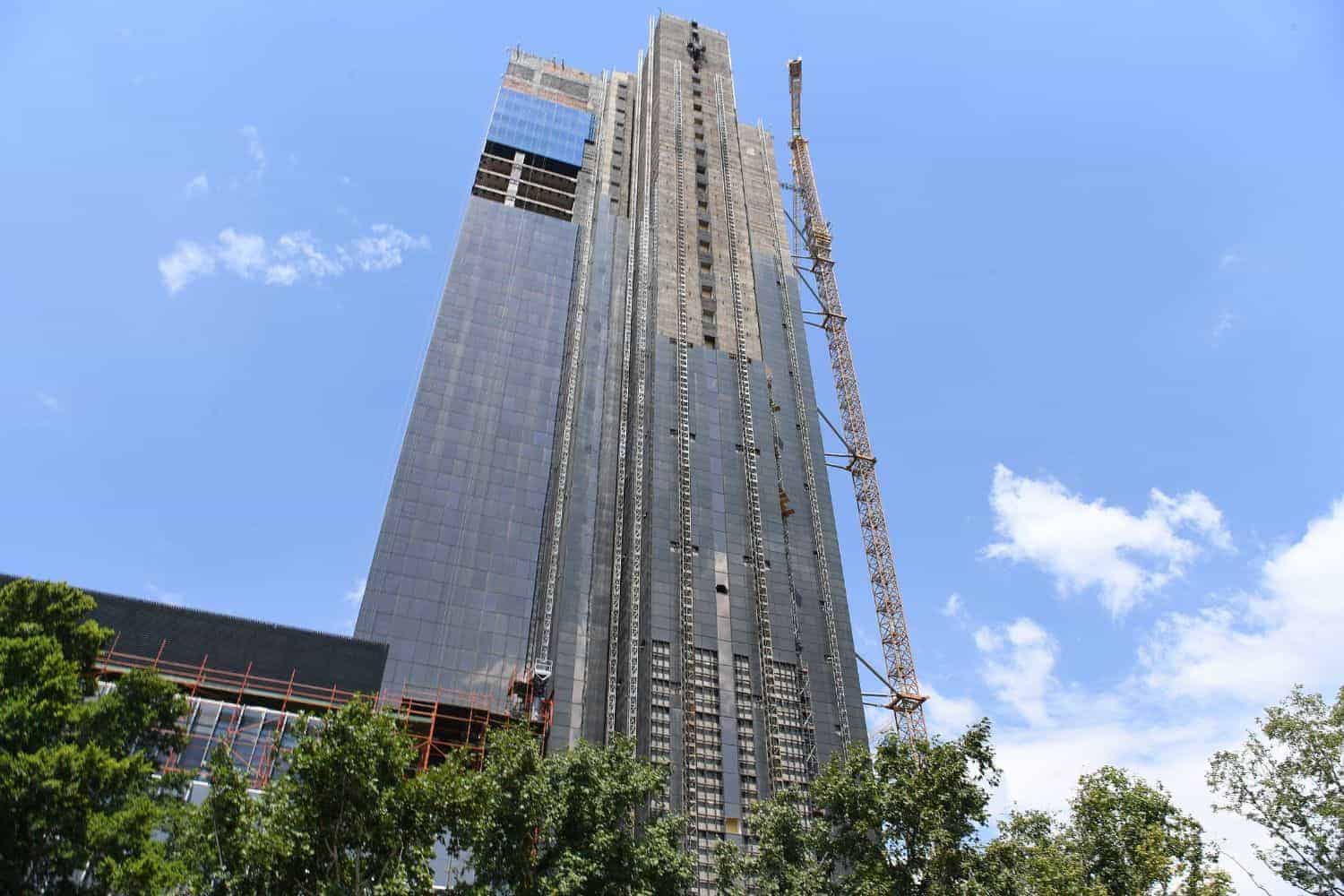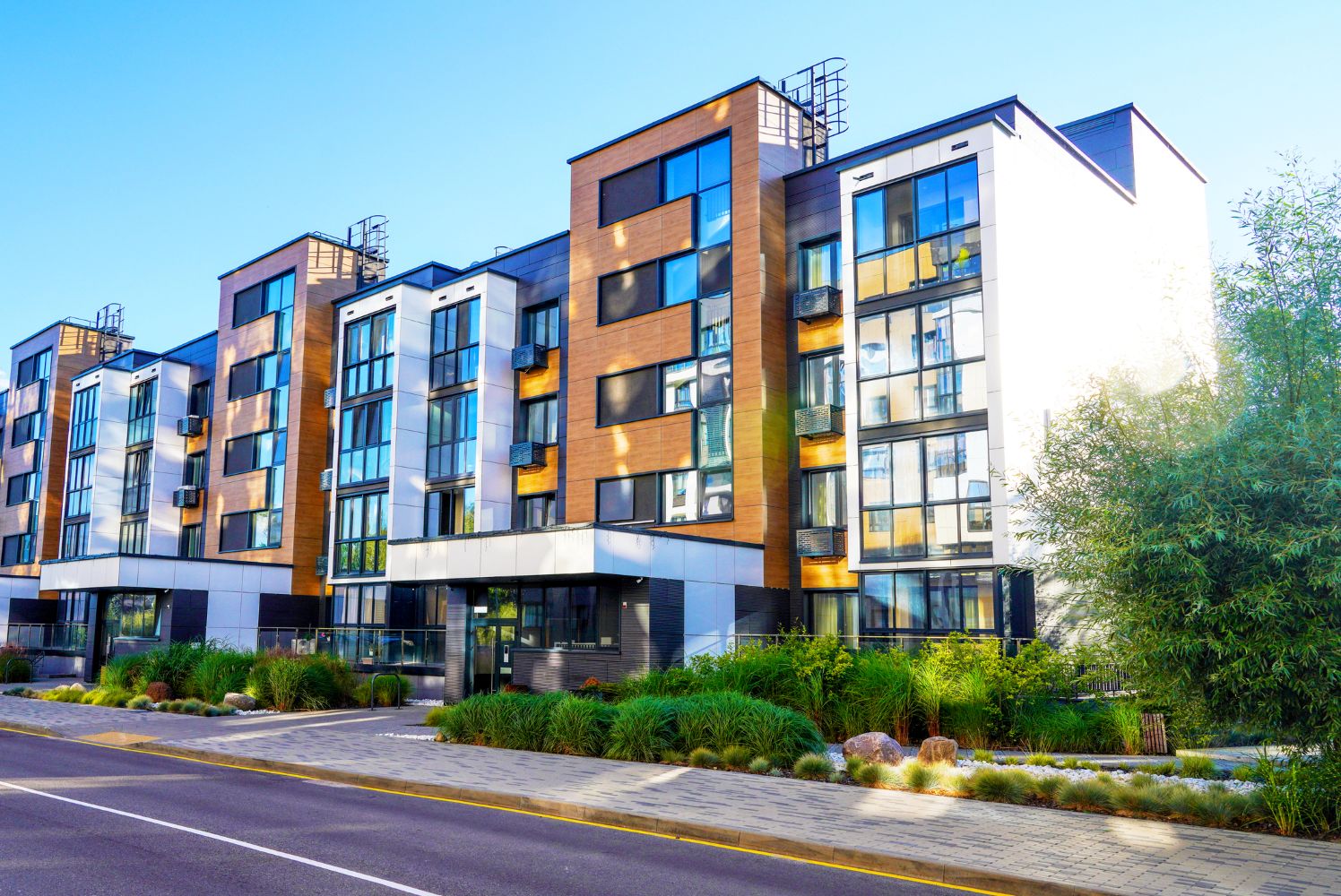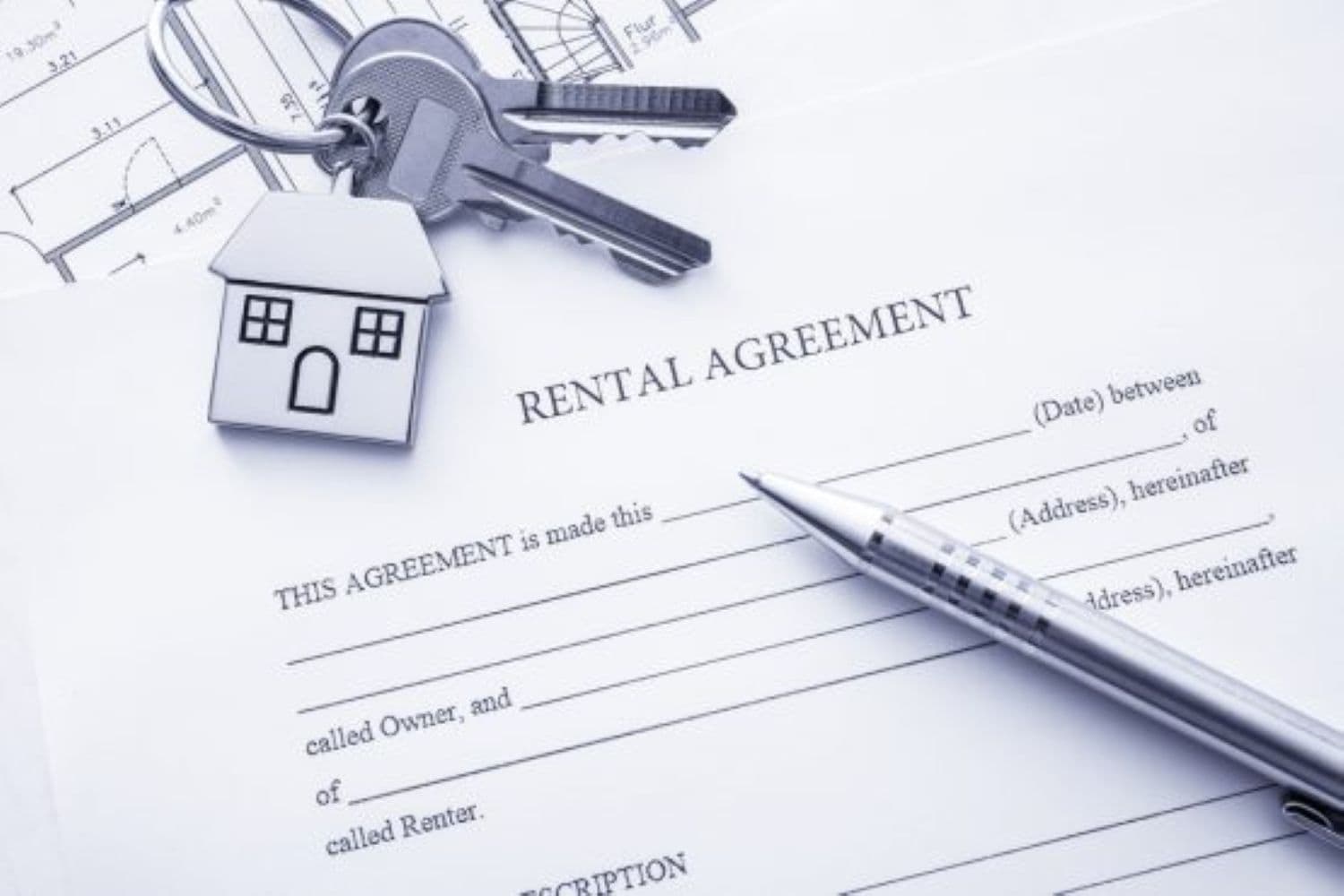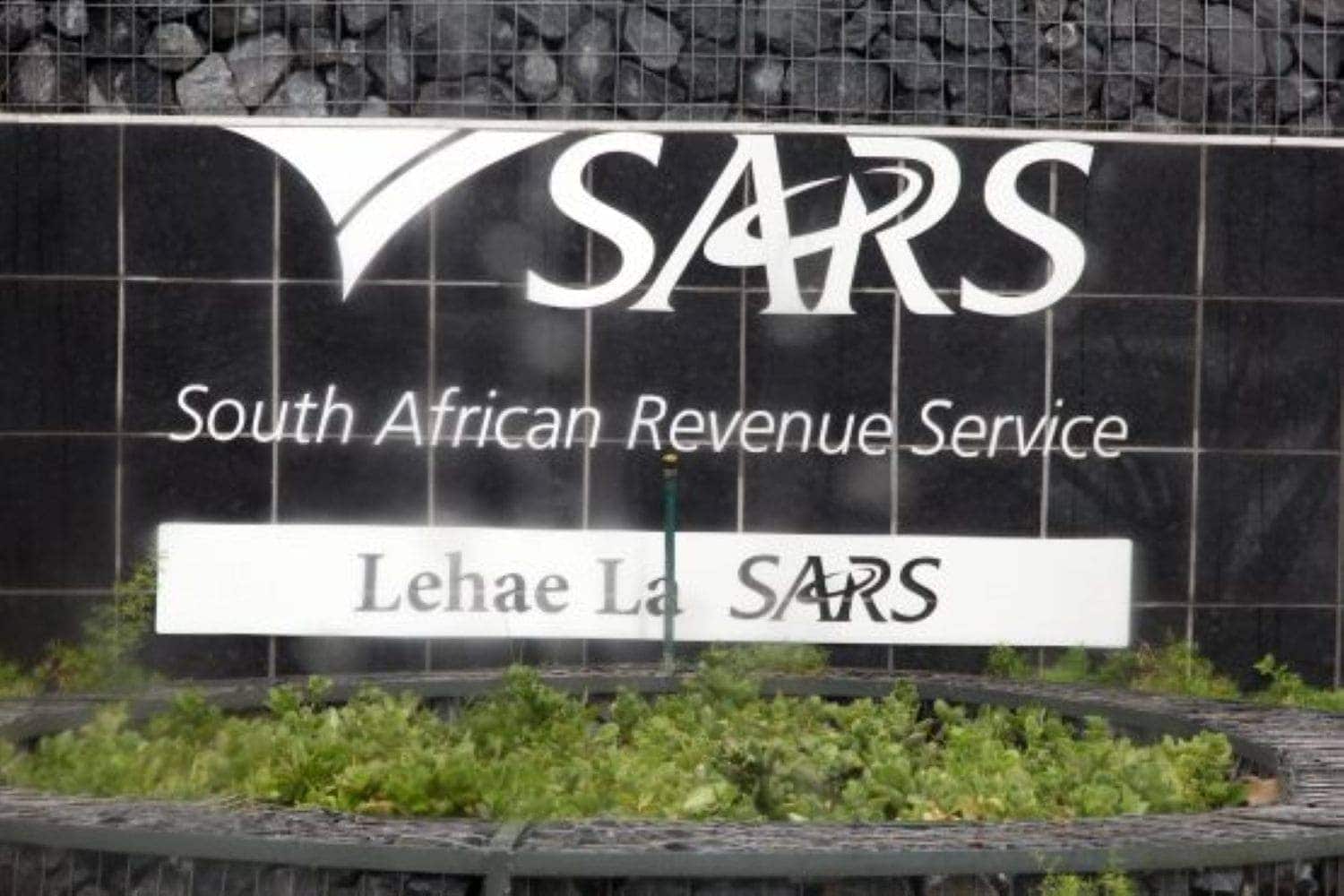With a fuel price increase hot on the heels of increases in rates and taxes in the metros, there seems to be no way out for consumers.
The latest petrol price increase puts struggling South African consumers on the backfoot again after a few months of softer fuel prices, which also led to lower inflation as well as lower interest rates.
Now geopolitical issues in the Middle East sent the oil price soaring again and South African consumers are paying the price.
Hot on the heels of the small decrease in the price of petrol in June this year, the news of a substantial hike in the price of petrol from 2 July came as a shock to motorists across the country. South Africans were counting on a little relief at the pumps in July to ease the financial burden that has driven millions of households to the edge of despair.
The July increase pushes the price of 95 Unleaded petrol up by 55 cents to R21.87 per litre and 93 Unleaded up by 52 cents to R21.79, while diesel increases by between 82 and 84 cents per litre.
ALSO READ: Motorists warned to brace for hefty petrol price hike from midnight
Major geopolitical factors that impacted the department of petroleum and mineral resources decision included the political seesaw that led to the Israel/Iran conflict and spiked the price of Brent crude oil by as much as 13% in the aftermath, leading to increases at the pumps.
Thankfully, the rand remained surprisingly resilient in the face of the resultant market turbulence.
Fuel price hike on top of increase in rates and taxes
As if this is not enough reason to dash any last hope of a respite, Tuesday 1 July marked the start of the municipal financial year when local authorities increase rates and taxes. This means households in major metros across the country will see increases to monthly rates for electricity, water, sanitation, refuse removal and property rates they pay.
South Africans can expect above-inflation hikes this year as cities continue to operate under strained conditions and energy experts are warning that households could see their bills shoot up anywhere between 30% and 80%, especially if their consumption is typically low.
This is largely due to a new tariff structure being implemented by Eskom, which aims to align prices with the cost of supply and to reduce subsidies.
ALSO READ: Here’s how to manage household electricity usage as municipal tariff increases kick in
Against this grim backdrop, the latest 2025 Energy Market Projections report, compiled by Cresco in collaboration with Standard Bank Corporate and Investment Banking, shows that while load shedding may have taken a backseat temporarily, a new energy crisis is looming if the country fails to build new capacity.
According to the report, South Africa is not adding new energy generation capacity fast enough to prevent another severe electricity crisis when Eskom begins decommissioning its coal plants. Behind this is the fact that the country is not increasing its energy supply at a sufficient rate to facilitate faster economic growth, which means that any sharp pickup in activity will result in demand outstripping supply.
Living increases force struggling consumers to use credit
Neil Roets, CEO of Debt Rescue, warns with no end in sight to the volley of living cost increases, coupled with consumers already cutting back as much as they can, the latest fuel price increase will cut deeply into the little disposable income people still have left, if they have any to spare at all.
“In fact, along with the soaring electricity prices and the municipal rate hikes in July, millions of households will be forced towards financial disaster. This is a red flag that should not be ignored. Along with this, the salaries of South Africans fail to keep up with rising living costs, leading many to turn to debt simply to survive each month and buy the basics they need to survive.”
This is echoed by insights from the latest BankservAfrica Take-home Pay Index (BTPI), which tracks approximately 3.8 million salary earners in South Africa. It revealed that the nominal average take-home pay decreased to R17 296 in May 2025, 1.3% lower than the R17 532 registered in April.
ALSO READ: Take-home pay slides for third month with grim job opportunities and earnings
South Africans can’t afford to set money aside
Roets points out that this marks a third consecutive month of decline in average nominal take-home pay, reflecting a muted economic environment with stalled growth and global shocks affecting investment decisions and confidence levels.
Unsurprisingly, he says, this is also a major contributor to the country’s escalating consumer debt crisis, with a recent Debt Rescue survey, conducted to measure the real plight of indebted consumers, showing that half of the participants polled (50%) cannot afford basic necessities like food, electricity, or fuel due to a lack of available funds.
A full 50% said they have had to turn to credit to pay for these everyday needs in the past 12 months.
Roets says this reflects the vicious cycle of poverty and debt that has become a way of life for millions of South African consumers, seriously impeding their and their families’ survival.
“It is a bitter irony that this coincides with National Savings Month, a time meant to promote saving, yet many South Africans can barely cover essentials, let alone set money aside.”

